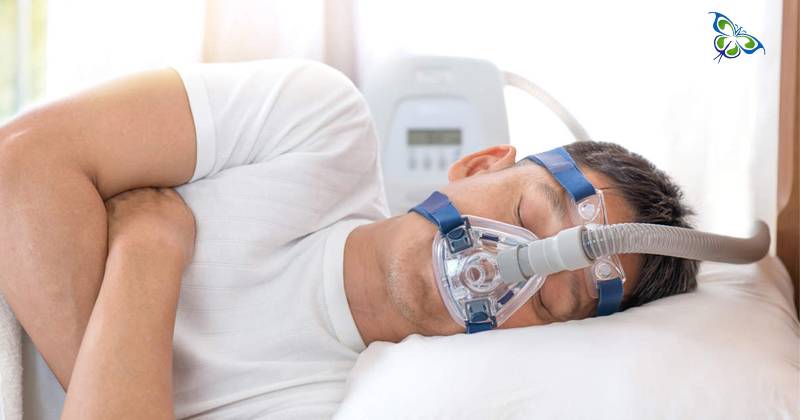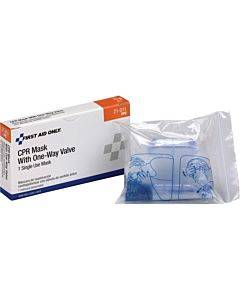Nasal pillow masks and other facial masks

The very first thing that occurs while masks are being discussed is why people use masks at all? Masks are primarily of 3 types – full face mask, nasal pillow mask and nasal mask. Both the nomenclature and picture of these masks exhibit that their structure, as well as functionality, are nearly similar. Why then, should an individual feel the need for a nasal pillow mask?
Nasal Pillow masks are named so due to their structure; yes, they have nothing to do with the pillow that you lay upon at bedtime! They are small cushion-like pads that are fitted at the base of the nostrils. They are fitted with two straps on either side that runs around the back of the user’s head.
The use and purpose of a nasal pillow mask
These appliances are used by nose-breathers. A person who breathes through his or her mouth, while at sleep could contrarily use a CPAP nasal mask or a face mask even. It is thus necessary to draw the line of difference between the different kinds of a mask; here's an overview of the above-mentioned 3 types:
What is a full-face mask?
A full-face mask, as is evident from the term, covers the full mouth and nose area. This, in fact, is the most traditional form that has been in use to serve the purpose of a CPAP mask. Many are still not aware of the latest designs that are much smaller in size as well as purposeful. A full-face mask is best suited in cases of:
• Individuals who breathe through their mouth, especially while asleep.
• Those who suffer from nasal congestion. Alternatively, during cold, flu or seasonal allergies even people who are normally used to nasal masks, go for a face mask.
• Research reveals that these masks are ideal for BiPAP users as they are more prone to leakage through the mouth.
• Claustrophobic patients at times prefer a mask over a nasal mask for obvious reasons!
Now, what is a nasal mask?
It is one that’s triangular and sits on the face perfectly surrounding the nose and held in place by a headgear (it consists of straps that run from either side as well as top of the mask around the person's head). These masks are indeed available in different sizes and shapes to fit your nose perfectly.
How nasal pillow masks score over other variants
Under certain circumstances, nasal masks and facial masks are not suitable appliances. Nasal Pillow Mask is the best alternative that users are left with. So, which are the cases where nasal masks or full-face masks do not fit in?
• Mouth-breathing – While you are used to breathing with your mouth at night, nasal masks would not be fruitful!
• Facial hair – The presence of a lot of facial hair does not allow the appliance to seal the passage of air (since the hair comes in between your skin and the mask borders)
• Glass wearers – A full facial mask poses problems for not only individuals with glasses but also people fond of watching TV (they act as a hindrance in case of long hours of TV-watching!)
Nasal pillow masks are, therefore, a preferred alternative in more than one situation. To cut a long story short, they are the best options for candidates who are television lovers or even voracious readers at bedtime! Moreover, it’s a good product for sleep-lovers too; if you are fond of long hours of sleep and keep tossing and turning in bed all night, a nasal pillow mask is your cup of tea.


Validate your login
Sign In
Create New Account